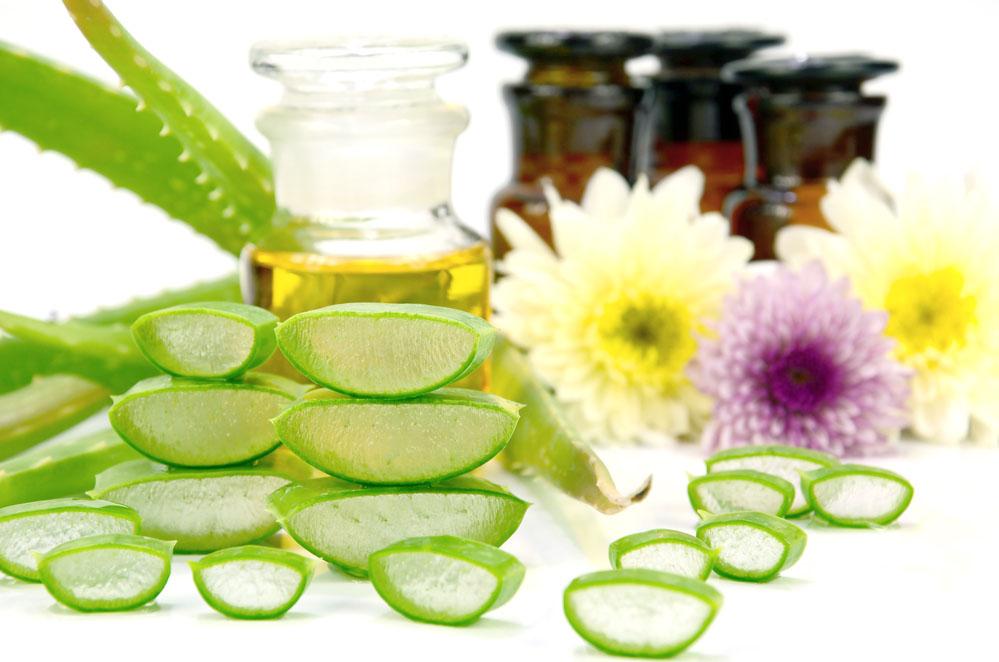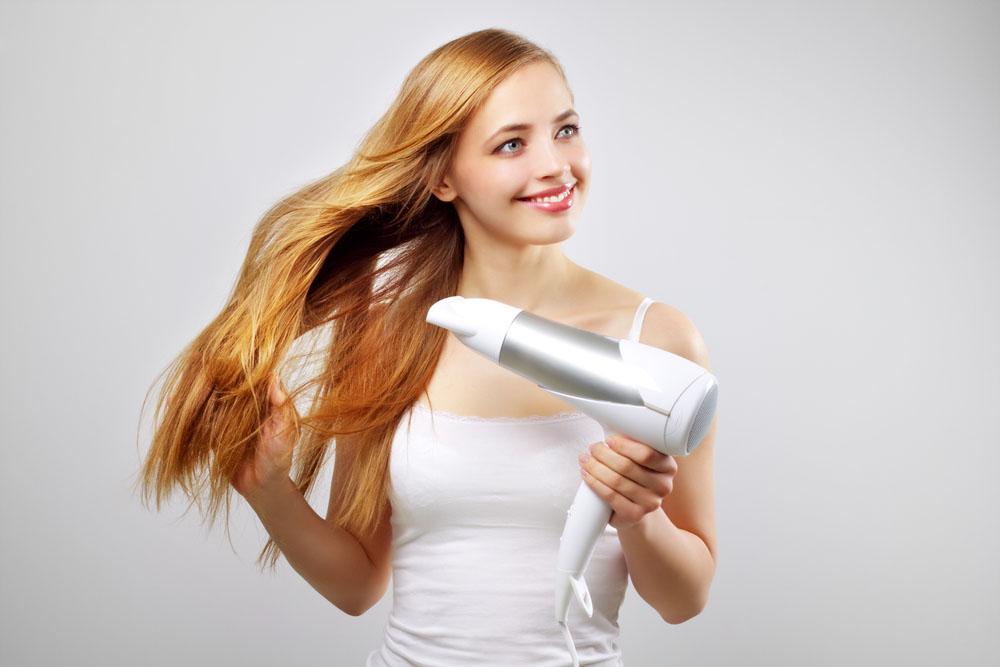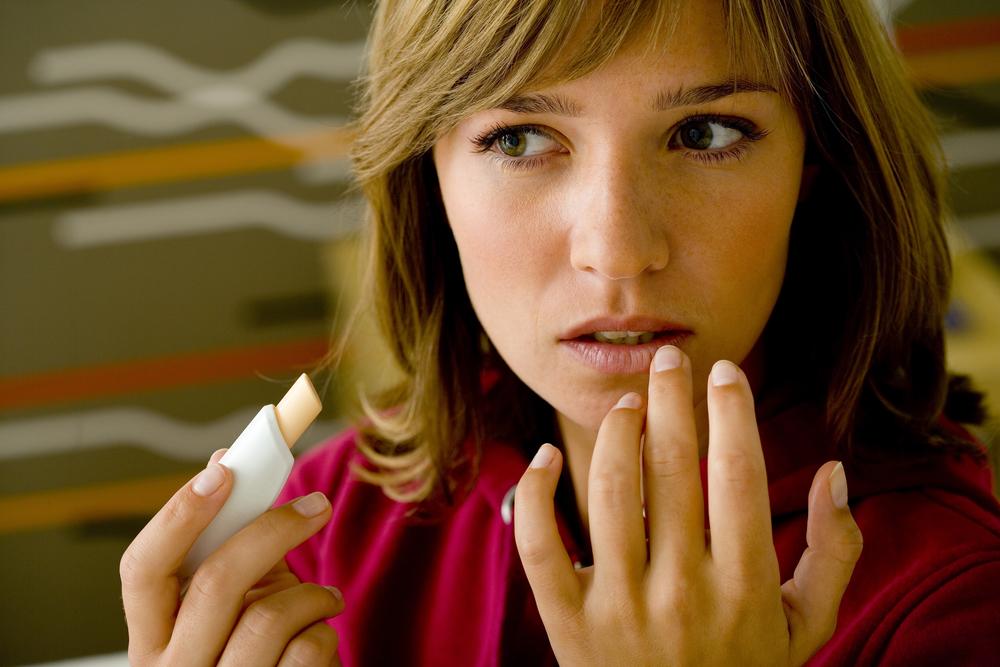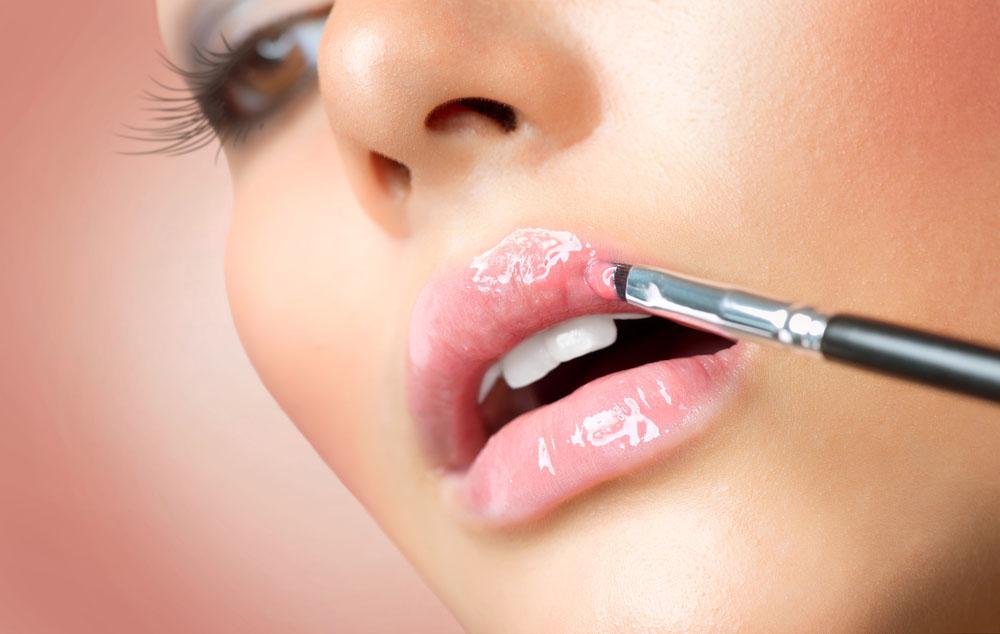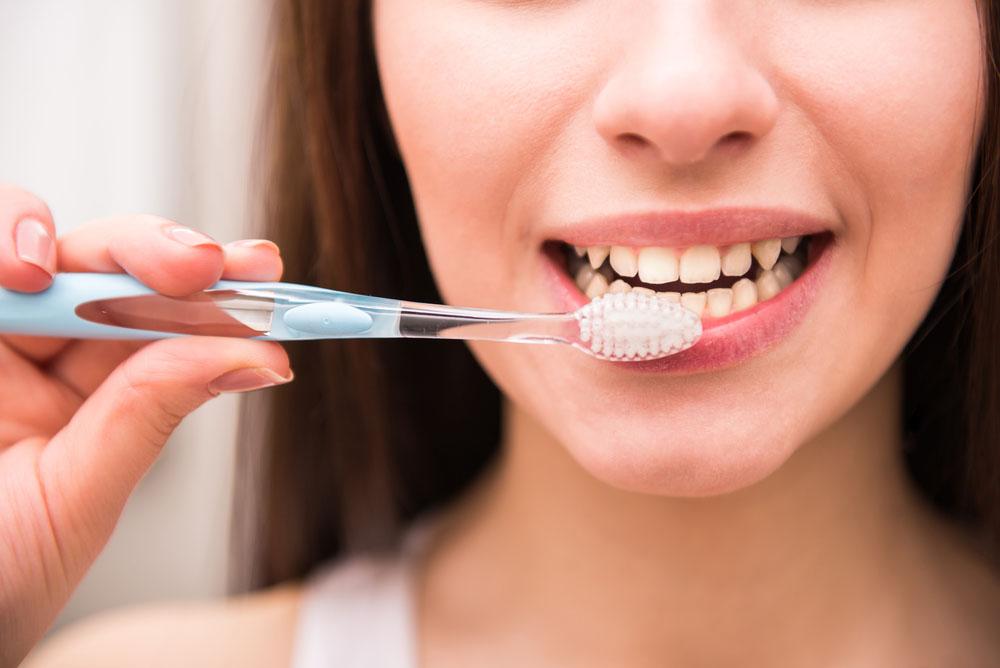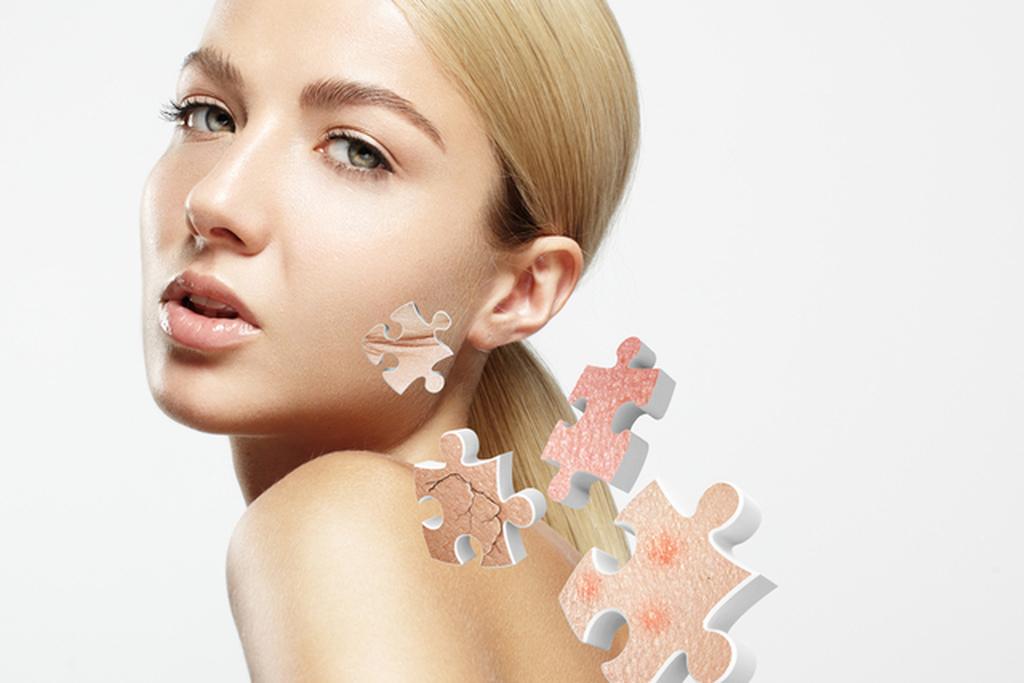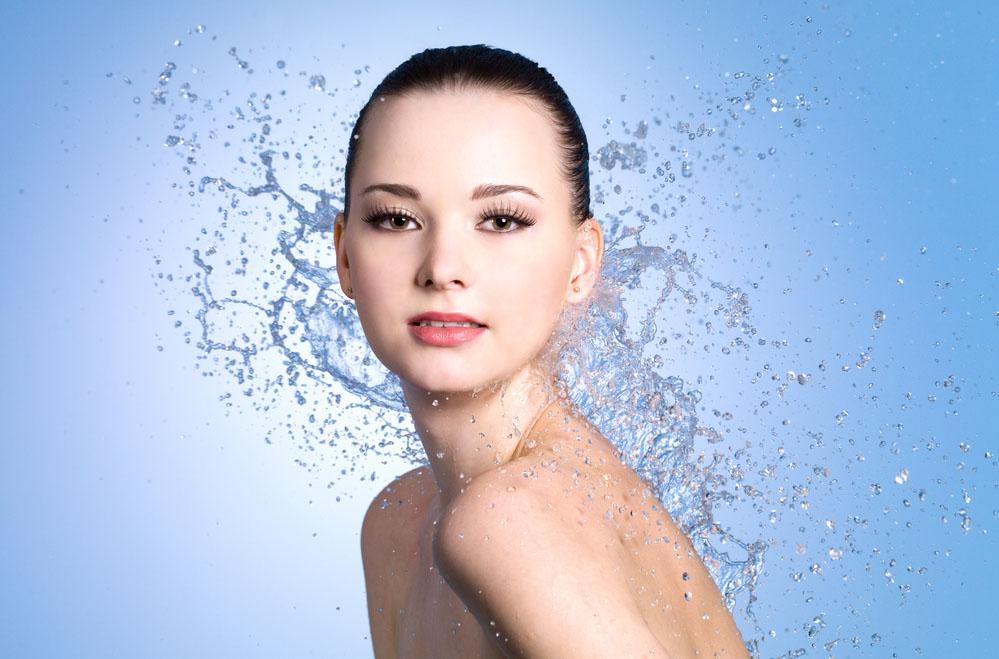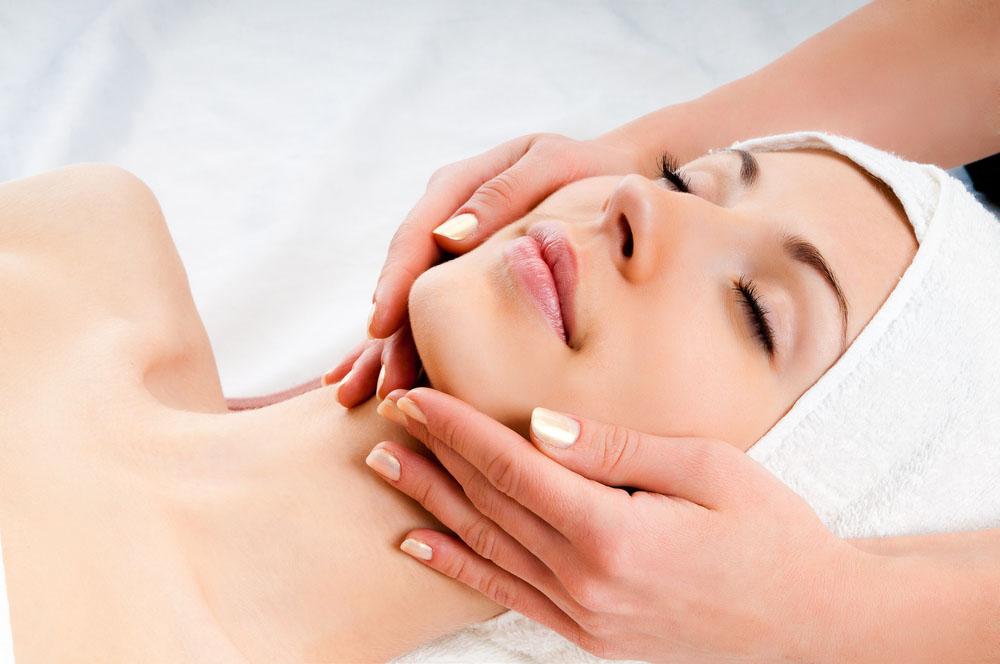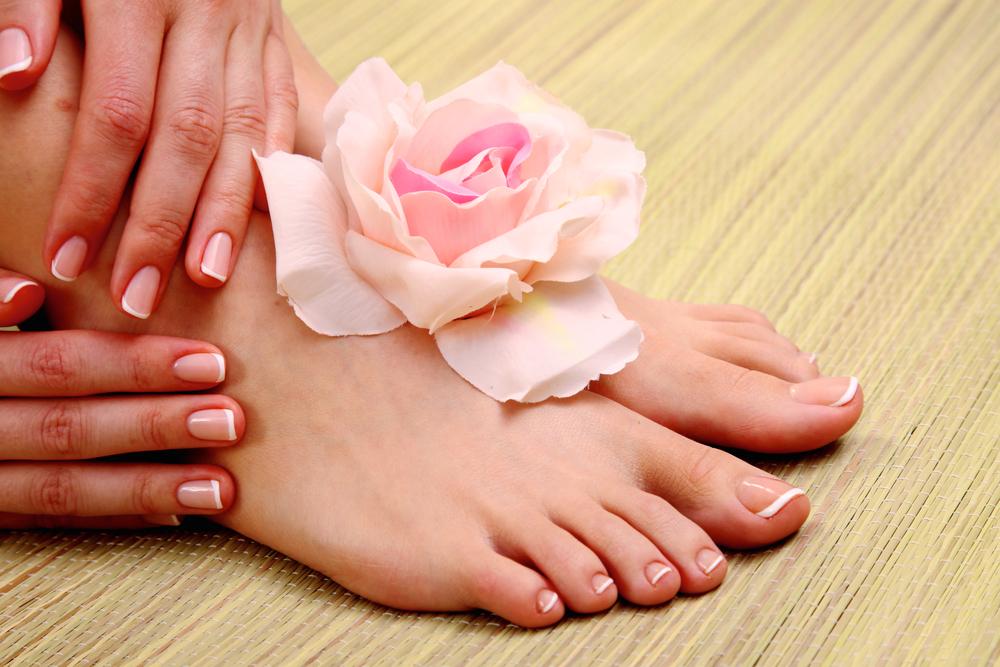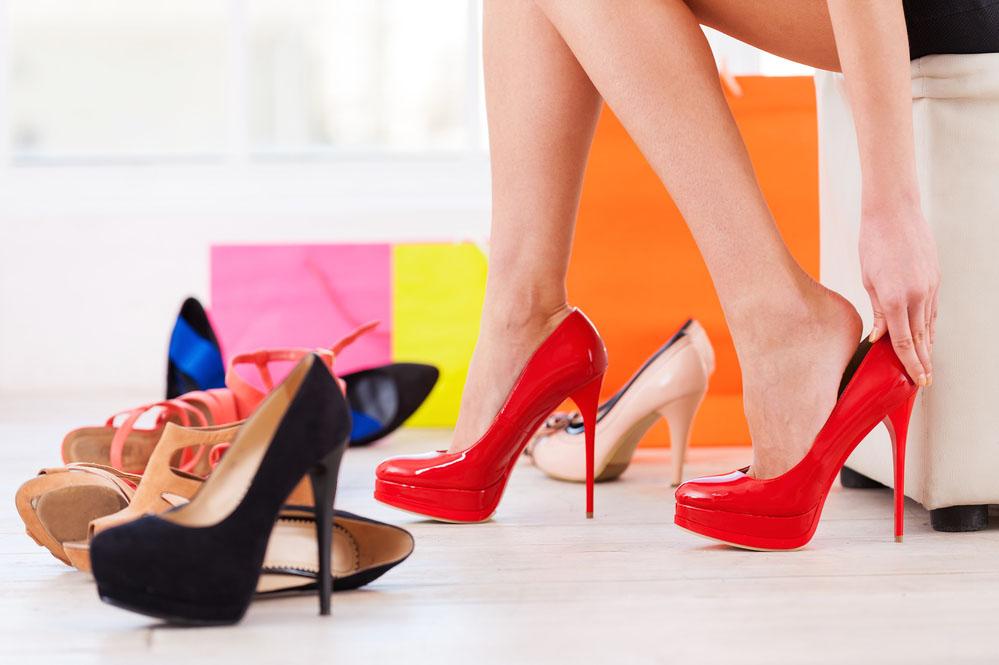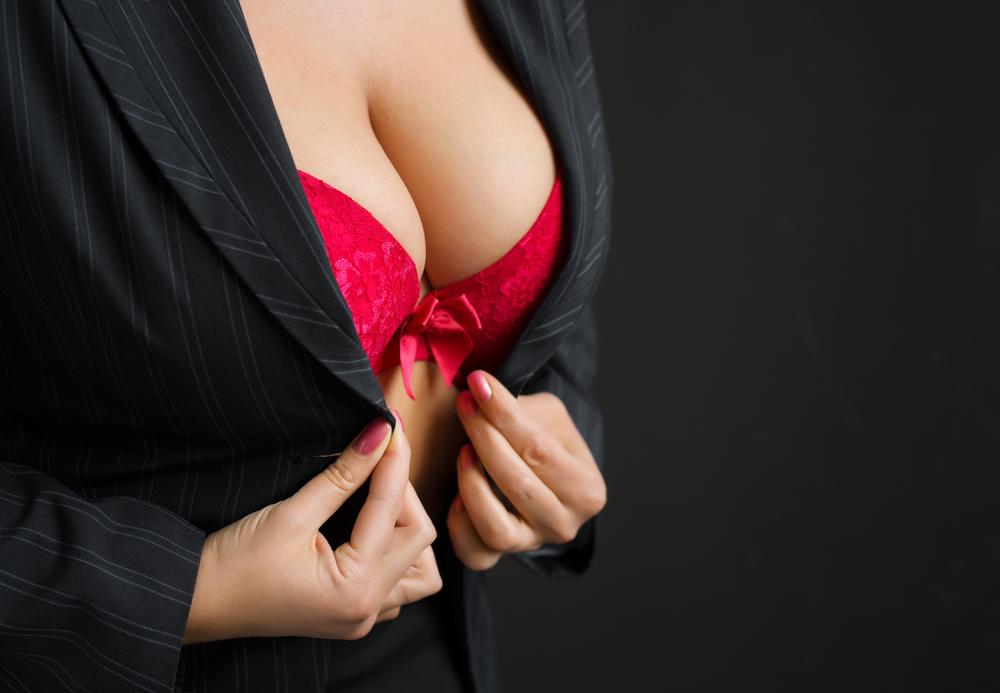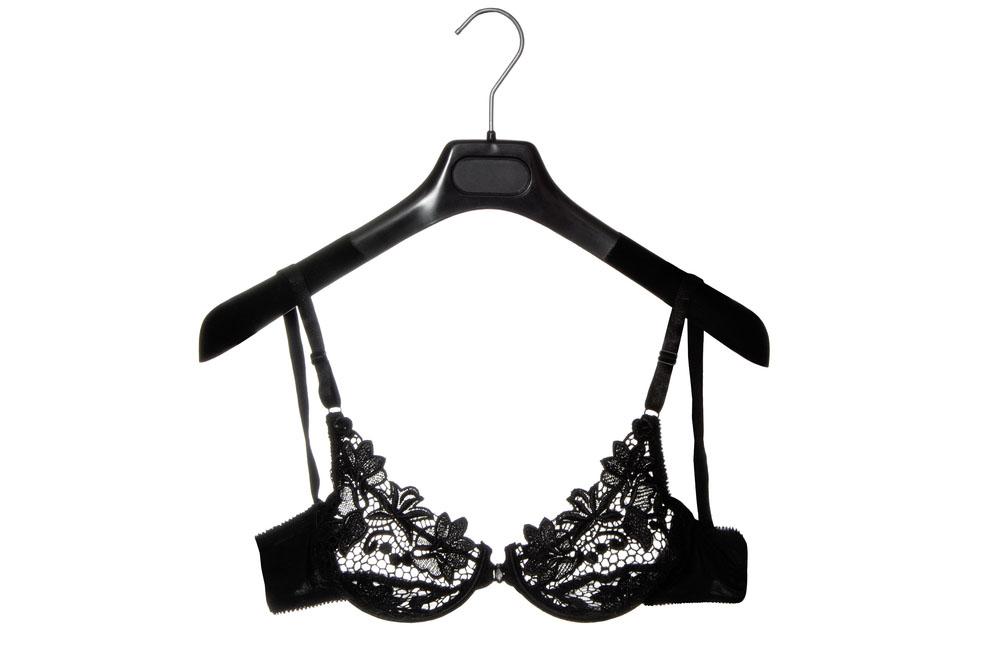Blackheads are the real bane of many of us. They arise when the sebaceous glands produce too much sebum, which, when combined with exfoliating dead skin, clogs the mouth of the hair follicles. Most often they appear on the face, we can see them on the nose, chin, forehead and upper cheeks. Sometimes, however, they also appear on the back, shoulders and neckline.
Blackheads are not only unsightly, but also very easily relieve superinfection, as a result of which significant purulent lesions form on the skin. Fighting them is unfortunately not the easiest and it is often necessary to support a specialist. Especially if the problem is really big and troublesome.
Today, how to properly care for skin prone to blackheads.
Blackhead not black
If, due to proliferation of keratinocytes, i.e. excessive proliferation of epidermal cells, the mouth of the hair follicle closes, the blackhead takes the form of a white subcutaneous pustule. Then we are talking about closed blackheads, they are palpable under the fingers, and their size most often resembles a pin head. On the other hand, if there are changes in the form of black dots on our skin, we are dealing with open blackheads, often also called blackheads. They arise when a mixture of dead skin and sebum, by contact with air, oxidizes and darkens. Blackheads are very often formed when hormonal balance is disturbed, i.e. during puberty, a few days before menstruation or during menopause. They mainly occur in people whose skin is oily or combination. Blackheads, poor hygiene, poor diet and some medications can also cause blackheads.
How to deal with them?
Care is important
Skin with a tendency to blackheads above all needs proper care. Of course, it is very important to clean it thoroughly, thanks to which you will get rid of excess sebum, dead skin, the remains of colored cosmetics and dust accumulated on its surface. Cosmetics for acne-prone skin will work best here. Remember not to contain alcohol or skin irritating chemicals. Cosmetics should also not over-dry the skin so as not to increase sebum production. Do not use soap or too warm water for washing your face. Remember not to overdo it, just wash your face thoroughly twice a day in the morning and evening. It is also very important to maintain the proper pH of the skin. In turn, tonics will help you, which will restore its proper level, help regulate the sebaceous glands and thoroughly cleanse the skin. Regular peeling is also very important, thanks to which we exfoliate dead skin, reducing the risk of plugs clogging pores. Peeling should be done two or even three times a week. However, remember not to use coarse abrasive peels for your face, and if you have dry or capillary skin, opt for enzymatic peels. Irritation and damage to the skin can cause infection and significantly worsen its condition. Also remember to carefully moisturize, give up greasy and heavy creams in favor of light ones that will moisturize but will not clog the pores of the skin. It is also extremely important to make the correct make-up removal, it is not enough to wash the cosmetics with micellar liquid or a special lotion, you also need to thoroughly wash your face with a cleansing gel or foam, and then wipe thoroughly with a cotton swab moistened in tonic and moisturize. It is also very important to have a towel intended only for wiping the face, which should be changed frequently, and preferably skin prone to the formation of changes wiped with paper towels.
What to look for in cosmetics?
Proper care will definitely improve the condition of your skin, but if blackheads have already appeared, you can use masks, scrubs and creams available in stores and pharmacies to fight them. Their composition should be adapted to the needs of your skin. The right cosmetics should help you get rid of excess sebum, regulate the sebaceous glands, clean and refresh the skin without drying and irritating it.
What should they contain?
- Acids, e.g. salicylic, which has the ability to penetrate deep into the skin, thanks to which it helps to get rid of deposits that lie deep in its pores; glycolic acid, which has moisturizing, cleansing and exfoliating properties, accelerates cell renewal, softens, smoothes and evens skin color; mandelic acid - mild, but very effective, moisturizes, evens skin tone, smoothes, firms the skin and cleanses and narrows its pores; azelaic acid, which inhibits the growth of bacteria responsible for the formation of acne and avoids the formation of sebaceous plugs. When using cosmetics with acids, you must remember that they sensitize the skin to UV rays, so it's better to give them up in the summer. In other seasons, use them at night, and during the day protect your skin with high-creams. Also remember to choose them for the type and needs of your skin, if it is sensitive and dry salicylic acid will not be the best solution. In this case, you should opt for a more delicate one, e.g. almond.
- Oils and oils, e.g. jojoba oil, regulates sebum production, cleanses skin pores from sebaceous secretions which are responsible for the formation of blackheads, relieves inflammation, accelerates regeneration and perfectly moisturizes the skin; tea tree oil, which has bactericidal, antiviral and anti-inflammatory properties, and perfectly cleanses and regulates sebum secretion; black cumin oil, which due to the high content of antioxidants, protects the skin against free radicals, softens, moisturizes, evens its surface and, what is important in the case of problems with blackheads, also perfectly cleanses it and unblocks clogged pores.
- Herbs, e.g. witch hazel extract, which has an astringent, anti-inflammatory, antibacterial effect, reduces sebum production and narrows the pores of the skin; three-colored violet extract, i.e. a popular pansy or rosemary, which also perfectly cope with skin cleansing, while smoothing it and restoring its healthy color; thyme, which inhibits the growth of bacteria, cleanses, tones, anti-inflammatory and perfectly copes with impurities in the pores of the skin; calendula, which has anti-inflammatory and regenerative effects, accelerates the treatment of irritation and inflammation of the skin and is excellent at dealing with acne and blackheads.
- Yeast, a valuable source of vitamins, especially those from group B as well as iron, zinc, magnesium, sulfur, potassium and chromium, have strong antioxidant properties, regenerate, strengthen and cleanse the skin. They are great for treating acne and blackheads.
- Vitamin C, one of the strongest antioxidants, perfectly protects our skin against the harmful effects of free radicals, delaying the effects of aging, cleanses, evens color, seals and strengthens blood vessels, removes excess sebum and reduces its production.
- Cosmetic clays, for the treatment of blackheads, green clay, which has antiseptic properties, inhibits bacterial growth, thoroughly cleanses, narrows the pores of the skin and regulates sebaceous glands. Green clay is characterized by a strong sebum absorbing effect, so it should not be used on people whose skin is dry and delicate, but works great on oily skin. If you have skin prone to irritation, I recommend using white or pink clay.

Homemade ways
Some cosmetics you can make yourself at home, it's worth a try, because when used systematically they give really nice results.
- You can prepare a tonic from green tea, which has antibacterial properties and regulates sebum production. You will enrich it if you add 10-15 drops of tea tree oil. A cosmetic made of rose petals is also very good. You get it by slowly cooking under cover, flakes with a small amount of water, for about 45-50 minutes. At this time, the water will acquire a rose color and smell. Then just strain and cool them. A cosmetic prepared this way will restore your skin's proper pH, clean it, refresh it and soothe irritations. Remember that the petals used to make rose water should come from organic farming or from your garden. Roses sprayed with chemical substances will not give us the expected effect. A tonic prepared from fresh cucumber juice will also have a cleansing, refreshing and astringent effect. You can also enrich it with lemon juice or green tea infusion.
- Peeling, can be made of honey, fine grain sugar and freshly squeezed lemon juice. This probably the most known version of the home-made cosmetic has a very good exfoliating, moisturizing, nourishing and skin color improving effect. Try also oatmeal, yogurt and grated orange peel. In a bowl, mix one tablespoon of cereal, two tablespoons of plain yogurt and one teaspoon of grated orange peel. Such a cosmetic will gently moisturize your skin, absorb excess sebum, exfoliate, nourish and, thanks to the antiseptic properties of oranges, deal with harmful microorganisms. In the fight against blackheads, cinnamon will also be great, just add a teaspoon of cinnamon to the sugar peeling prepared, e.g. with olive oil and honey
- The mask can be very simple made of rigidly beaten egg whites. Apply them to your face, and when they are a little dry, wash with water. This mask has a strong cleansing and astringent effect, which is why it is not suitable for people whose skin is dry. You can also prepare deeply cleansing skin pores and absorbing excess sebum mask with medicinal carbon, which you can easily buy at the pharmacy. Add yogurt, honey or make a peel off mask with the addition of gelatin. One tablespoon of gelatin, three capsules of coal combine with two tablespoons of water and dissolve, gently heating. Wait for the mask to thicken and it's ready. Remember, however, that coal can dry out and irritate delicate skin. The fenugreek mask is also great for blackheads. Pour 2 tablespoons of powdered seeds with hot water to make a thick paste. When it cools down, add a tablespoon of thick yogurt or honey to it. You can also use fresh fenugreek leaves, chop them finely and combine with a small amount of water, grinding so that a mass is created that you can apply to your face.
Professional help
When fighting blackheads, you should also use the help of a cosmetologist and aesthetic medicine specialis. Your skin condition will improve if you treat yourself to a professional peeling from time to time, which thoroughly cleanses, oxygenates, improves circulation and accelerates regeneration. You can use, for example, a medical peeling in the form of a gel solution containing salicylic and azelaic acid, which will help get rid of blackheads, reduce imperfections, rejuvenate and brighten the skin, or with mandelic acid, which will also perfectly deal with sebum secretion in the skin pores. A very good and safe procedure is cavitation peeling. Your skin will be thoroughly cleansed, oxygenated and refreshed with the help of ultrasonic vibrations combined with micro massage. This treatment does not cause any side effects, so it can be successfully performed even on people whose skin is sensitive. Immediately after it, it is worth undergoing intensive moisturizing, regenerating or nourishing the skin, e.g. in the form of masks. Cavitation peeling perfectly prepares the skin for the intake of nutrients. I also recommend performing diamond microdermabrasion, during which the epidermis is gradually and very gently wiped off with a device equipped with a special diamond head.
The best treatment for blackheads at REVIVE CLINIC is Hydrafacial – more info on www.reviveclinic.com

However, remember that each case is individual, therefore treatments should be tailored to your needs. Therefore, each procedure should be consulted with a specialist who will conduct a thorough interview, examine your skin and suggest the best solution.



